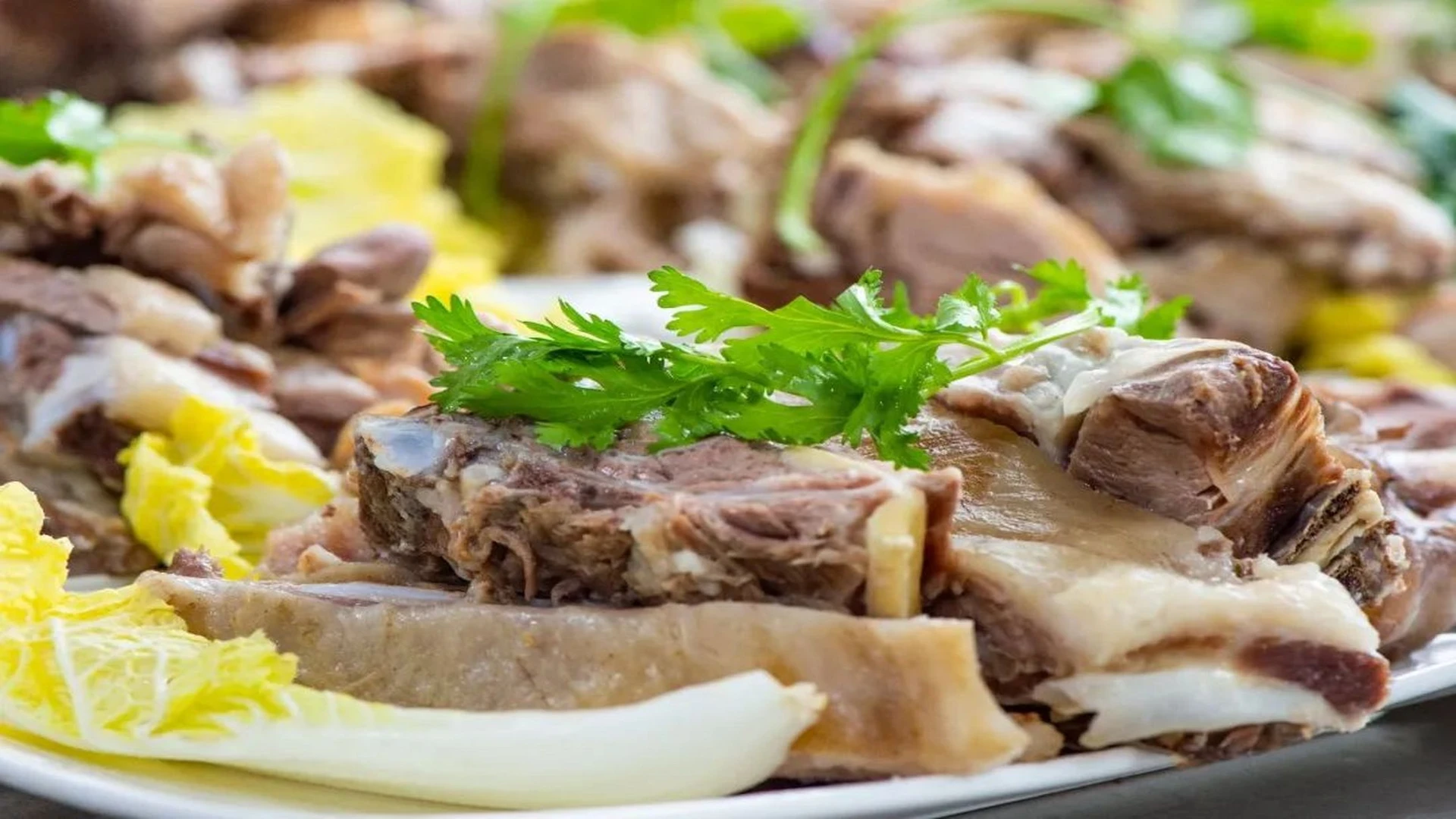A Culinary Journey into the Heart of Gansu: The Delectable Linxia Hand-Pulled Mutton
As a culinary enthusiast and food practitioner, I am thrilled to share with you the tantalizing secrets behind one of the most iconic dishes from Linxia, Gansu Province – the Hand-Pulled Mutton. This dish, steeped in history and cultural significance, is a testament to the rich culinary heritage of the region.
Origins and Cultural Background:
The culinary tradition of Linxia Hand-Pulled Mutton can be traced back to the ancient Silk Road, where the nomadic herders of the region would prepare their mutton in a manner that was both simple and flavorful. The dish has since evolved into a symbol of Linxia’s hospitality and culinary prowess, often served to celebrate special occasions and as a mark of honor to distinguished guests.
Ingredients:
The heart of this dish lies in its ingredients, which are nothing short of exceptional. The mutton used is sourced from the local Tan sheep, known for their tender meat and rich flavor. The rib section is preferred for its succulent meat and the way it holds together when cooked. The cooking process is as follows:
– Tan sheep rib sections
– Clear water for boiling
– Salt for seasoning
– Fresh garlic cloves (optional)
– Hand-made chili salt or pepper salt for dipping
Texture and Appearance:
Upon first glance, the Hand-Pulled Mutton is a sight to behold. The rib sections are presented whole, with the meat tender and succulent, inviting diners to pull off pieces by hand. The meat’s color is a deep, rich brown, a result of the short boiling process, and the natural oils glisten on the surface. The aroma is a symphony of savory and earthy notes, promising a burst of flavor with every bite.
Preparation and Cooking Process:
The preparation of Linxia Hand-Pulled Mutton is a dance between precision and tradition. The ribs are first cleaned and then placed into a large pot of clear water. The key to this dish lies in the非遗技艺 (intangible cultural heritage technique) known as “开锅肉” or “open pot meat,” which involves boiling the ribs for only 15 minutes. This unique method ensures that the meat remains tender and juicy, while the flavors are sealed in, creating a mouthwatering experience.
Dipping Sauces and Accompaniments:
The dish is traditionally served with a simple yet effective dipping sauce made from chili salt or freshly ground pepper. Alternatively, diners can opt for the more rustic experience of dipping the mutton in raw garlic cloves, which adds a pungent kick to the already rich flavors.
Featured Dishes and Culinary Delights:
While the Hand-Pulled Mutton stands as a dish on its own, it can also be incorporated into various other Linxia specialties. For instance, the mutton broth can be used as a base for noodle soups or stews, and the leftover meat can be finely chopped and used in dumpling fillings or mixed rice dishes.
Culinary Characteristics:
The essence of Linxia Hand-Pulled Mutton lies in its simplicity and the focus on the natural flavors of the mutton. The dish is a celebration of the pastoral lifestyle and the bountiful resources of the Gansu region. It is a dish that speaks of tradition, yet it is also a testament to the innovation and skill of the local chefs who have refined this dish over centuries.
In conclusion, the Linxia Hand-Pulled Mutton is more than just a meal; it is an experience that encapsulates the spirit of the region. It is a dish that invites you to savor every bite, to appreciate the craftsmanship behind it, and to revel in the rich tapestry of flavors that is uniquely Gansu.
